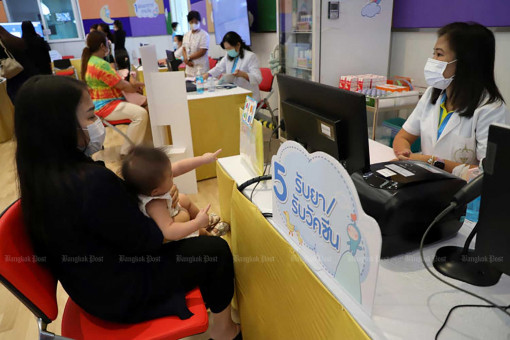PUBLISHED : 31 Oct 2023 at 07:10

A fertility crisis could slash the Thai population in half over the next six decades, prompting the Ministry of Public Health to take serious action to put it into the national agenda to promote pregnancy.
Dr Cholnan Srikaew, Public Health Minister, said on Monday that every province risks suffering the effects of the changing age demographic.
On average, the fertility rate (TFR) for a Thai woman is 1.16, meaning one woman has about 1.16 children throughout her lifetime, except in Yala province, which reaches 2.27.
The declining TFR was first recorded in 1993 when TFR was measured at 2.1. It is in line with a decreasing number of births. During 1963-1983, the average was about one million births a year, but in 2021 the total of newborn babies was only 485,085, which was also lower than the death rate of 550,042, he said.
He said the main causes are associated with economic, social, educational and environmental problems, with only 10% due to health problems.
And if there are no lucrative measures, this year will be the first in which workers aged 20-24 years old will be outnumbered by retirees aged 60-64 years old.
That gap between the two groups will only grow wider and will lead to labour shortages, a greater dependence on the working group and a higher budget to take care of the health of the elderly.
“We have been working to promote the issue of pregnancy into the national agenda so that the government will do its job to invest in human resources development, including providing financial assistance to newborn babies and assistance for infertility problems,” Dr Cholnan said.
Dr Kua Wongboonsin of the College of Population Studies, Chulalongkorn University, said that the Thai population will fall to 33 million people in 2083, or half the current 66 million.
Those of working age (15-64 years) will drop from 46 million to 14 million, and the number of infants (0-14 years) from 10 million to one million. The number of elderly (65 years and up) will increase from eight million to 18 million, which will represent half the total population in 2083.

